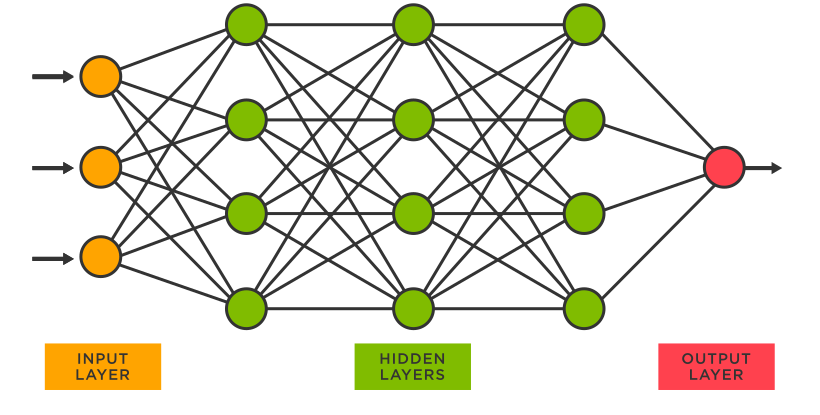Table of contents
In this article, I am going to explain Neural networks from the scratch. The neuron is the biological name and the main reason to invent neural networks or artificial neural networks is to imitate the human brain to solve particular problems like humans. They are invented in 1944 but by 2004 the name of neural networks became popular by the name Deep learning.
The Applications of neural networks in the real world are
Speech recognition
Computer vision
Natural language processing(NLP)
Many other fields

Now coming to the biological concept neuron consists of an axon, dendrites and a nucleus. The dendrites take input and output will be coming through the nerve ending and this nerve ending is connected to another neuron. These neurons transfer the electrical impulses from one neruron to another i.e input to ouput
The mathematical form of artificial neurons is representing in the layers. One layer can contain one or more neurons depending on the creation and data to be used.
Example: predicting whether the product or Shirt is a top seller or not. It is identified using computer vision. The working is like input is given as image, now the neural network divides the images into pixels and it makes Flattening and in the input layers, the pixels are divided and grouped based upon the neuron and given image. In one of the hidden layers, one neuron will look for one type of image likewise in another layer the neurons are trying to group the image based on some parameters and finally the identity is determined. In the output layer, the probability in the range of 0 to 1 is given as output. A result greater 0.5 is positive. This computer vision model can be used for any type of image data.
The performance of the neural depends on the size. If it is small it is suitable for small types of data.
In this article we have gone throught about the artificial neural networks with their histroy, basic working of neurons with example and performance too.
